Home>Maintenance & Safety>Pest Control Solutions>What Is The Difference Between Wasps And Yellow Jackets
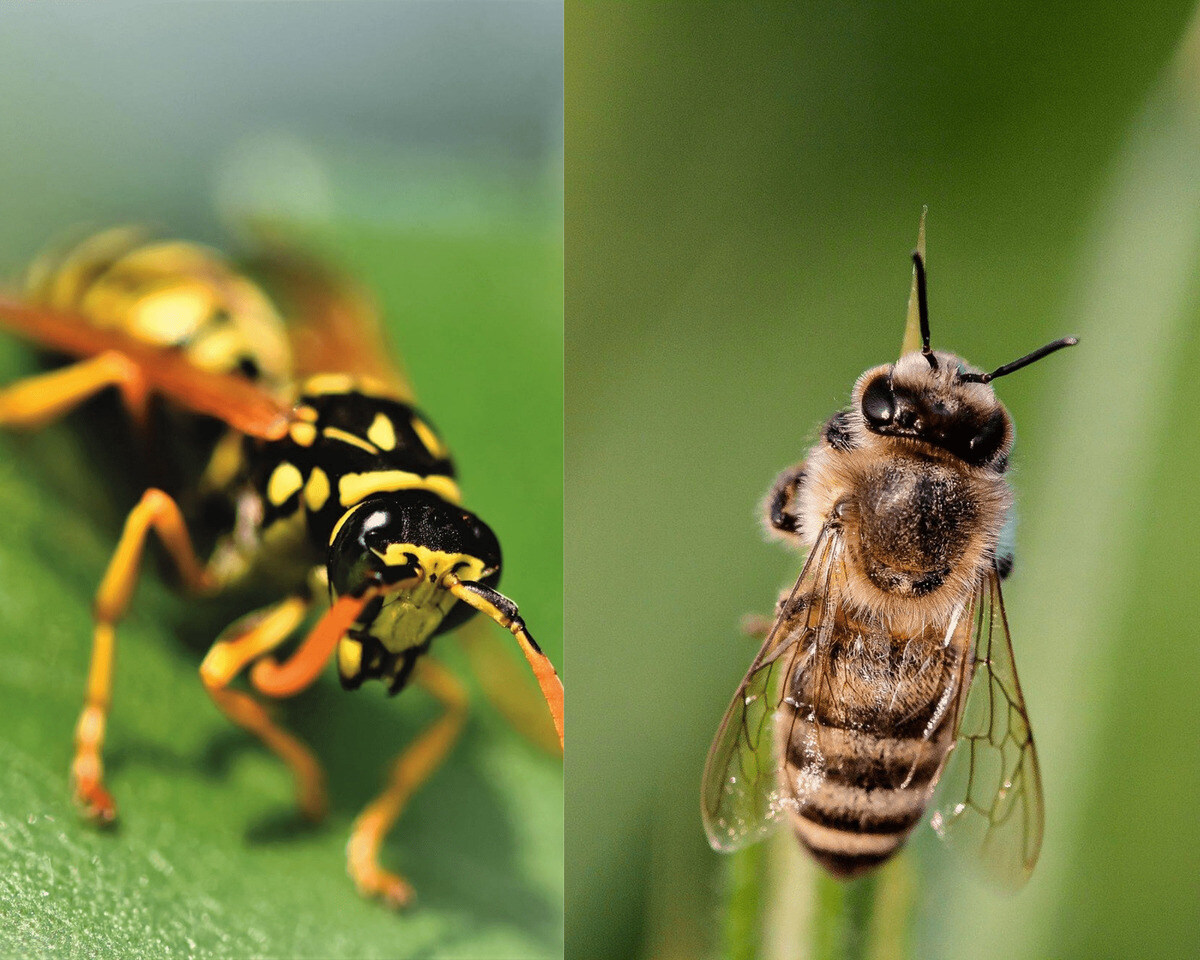

Pest Control Solutions
What Is The Difference Between Wasps And Yellow Jackets
Published: February 13, 2024
Learn about the key distinctions between wasps and yellow jackets and find effective pest control solutions. Protect your home with expert advice.
(Many of the links in this article redirect to a specific reviewed product. Your purchase of these products through affiliate links helps to generate commission for Storables.com, at no extra cost. Learn more)
Physical Appearance
When it comes to distinguishing between wasps and yellow jackets, their physical appearance plays a crucial role. Understanding the subtle yet distinctive features of these insects can help in identifying and dealing with them effectively.
Wasps:
Wasps are characterized by their slender bodies and vibrant colors. They typically have a narrow waist, giving them a distinct hourglass shape. Their bodies are adorned with bright yellow, black, or metallic blue hues, making them visually striking. Additionally, some species of wasps boast intricate patterns and markings on their bodies, adding to their allure.
Yellow Jackets:
Yellow jackets, on the other hand, are known for their bold yellow and black stripes, resembling the patterns of a tiger. These insects are relatively stockier in comparison to wasps, with a less defined waist. Their yellow and black markings serve as a warning sign in the animal kingdom, signaling their potent sting and aggressive nature.
Understanding the physical characteristics of wasps and yellow jackets is essential for anyone seeking to identify and differentiate between these two species. By paying attention to their distinct body shapes, colors, and markings, individuals can develop a keen eye for recognizing these insects in various settings.
This knowledge not only aids in the accurate identification of these pests but also contributes to the implementation of targeted pest control measures, ensuring the safety and well-being of both humans and the environment.
Key Takeaways:
- 1. Spot the Difference: Wasps have slender bodies with vibrant colors, while yellow jackets are stockier with bold yellow and black stripes. Understanding their appearance helps in identifying and dealing with them effectively.
- 2. Nesting and Behavior: Wasps build paper-like nests, while yellow jackets prefer concealed locations. Knowing their nesting habits is crucial for targeted pest control and ensuring safety.
Nesting Behavior
Understanding the nesting behavior of wasps and yellow jackets is crucial for effective pest management and ensuring the safety of humans and the environment. Both species exhibit distinct nesting habits, which significantly impact their interactions with humans and the potential risks they pose.
Wasps:
Wasps are known for their diverse nesting behaviors, with different species displaying varying preferences for nesting locations. Some species construct intricate paper-like nests, often found hanging from eaves, tree branches, or other elevated surfaces. These nests are meticulously crafted from wood fibers mixed with saliva, resulting in a durable and weather-resistant structure. In contrast, ground-nesting wasps, such as the infamous yellowjackets, create underground burrows, utilizing soil as a protective medium for their colonies. These subterranean nests can be concealed beneath foliage, within abandoned rodent burrows, or even in urban landscapes, posing a challenge for detection and removal.
Yellow Jackets:
Yellow jackets, recognized for their aggressive nature, are notorious for establishing their nests in concealed locations, making them difficult to identify and address. These adept architects often select sites within wall voids, attics, or other enclosed spaces, further complicating the eradication process. The intricate, multi-chambered nests constructed by yellow jackets can house thousands of individuals, posing a significant threat when disturbed.
Understanding the nesting behavior of wasps and yellow jackets is essential for implementing targeted pest control strategies. By recognizing the preferred nesting sites of these insects, individuals can proactively address potential infestations and mitigate the associated risks. Moreover, this knowledge empowers pest control professionals to employ safe and effective methods for nest removal, minimizing the likelihood of confrontations and stings.
In summary, the nesting behavior of wasps and yellow jackets significantly influences their interactions with humans and the environment. By gaining insight into their nesting preferences and habits, individuals can take proactive measures to address infestations and mitigate potential risks effectively. This understanding also underscores the importance of professional pest control services in managing these pests and safeguarding public health and well-being.
Diet and Feeding Habits
Understanding the dietary preferences and feeding habits of wasps and yellow jackets is essential for comprehending their ecological roles and potential interactions with humans. These insects play a significant role in local ecosystems, and their feeding behaviors often intersect with human activities, leading to potential conflicts and risks.
Wasps:
Wasps exhibit diverse feeding habits, with their dietary preferences evolving throughout their life stages. As adults, many wasp species primarily feed on nectar, serving as important pollinators for various flowering plants. This foraging behavior contributes to the ecological balance and supports the reproduction of numerous plant species. Additionally, adult wasps also consume other sugary substances, such as honeydew produced by aphids and scale insects, further highlighting their ecological significance.
In contrast, during the larval stage, adult wasps hunt and capture a wide range of invertebrates to provision their developing offspring. This predatory behavior makes wasps valuable natural pest controllers, as they target various garden pests and agricultural nuisances. By preying on insects such as caterpillars, flies, and spiders, wasps help regulate pest populations, contributing to the overall health of ecosystems and agricultural landscapes.
Yellow Jackets:
Yellow jackets, known for their scavenging tendencies, exhibit distinct feeding habits that often bring them into close proximity with human environments. These opportunistic insects are attracted to a diverse array of food sources, including sugary substances, proteins, and human food waste. Their scavenging behavior frequently leads them to outdoor gatherings, picnics, and garbage receptacles, where they seek out food scraps and sweet beverages.
Furthermore, yellow jackets are adept hunters, preying on a variety of insects and arthropods to nourish their developing larvae. This predatory behavior, coupled with their scavenging tendencies, underscores the adaptability and resourcefulness of yellow jackets in securing sustenance for their colonies.
Understanding the dietary preferences and feeding habits of wasps and yellow jackets provides valuable insights into their ecological roles and potential interactions with humans. By recognizing their foraging behaviors and ecological contributions, individuals can develop a deeper appreciation for these insects' complex roles within local ecosystems. Moreover, this understanding underscores the importance of implementing proactive measures to minimize potential conflicts and mitigate the risks associated with their feeding habits.
Wasps and yellow jackets are both types of stinging insects, but they have some differences. Wasps are generally slimmer with a narrow waist, while yellow jackets are more stout and have a shorter waist.
Aggressiveness and Stinging Behavior
Understanding the aggressiveness and stinging behavior of wasps and yellow jackets is paramount for individuals seeking to coexist with these insects while minimizing potential risks. Both species exhibit distinct behavioral traits that influence their interactions with humans and the environment, shaping the perception of these insects as potential threats.
Wasps:
Wasps, known for their territorial nature, can display varying levels of aggressiveness depending on the species and environmental factors. When threatened or provoked, some species of wasps, such as the paper wasps, may exhibit defensive behaviors, including emitting warning signals and assuming aggressive postures. However, these insects typically prefer to avoid confrontations and will only resort to stinging when they perceive a direct threat to their nests or themselves.
The stinging behavior of wasps is primarily a means of defense and protection. Unlike honeybees, which can only sting once before perishing, wasps are capable of delivering multiple stings, making them formidable adversaries when provoked. The venom injected through their stingers serves as a deterrent, warding off potential threats and safeguarding their colonies from harm.
Yellow Jackets:
Yellow jackets, renowned for their aggressive nature, are characterized by their territorial defense strategies and potent stinging capabilities. These social insects are highly protective of their nests and exhibit heightened aggression when their colonies are disturbed. Their ability to release alarm pheromones further amplifies their defensive responses, signaling other colony members to join in the defense, escalating the potential risk to intruders.
When it comes to stinging behavior, yellow jackets are formidable adversaries, capable of delivering repeated stings with remarkable precision and efficiency. Their potent venom, coupled with the ability to sting multiple times, poses a significant threat to humans and animals, often leading to painful and potentially life-threatening reactions.
Understanding the aggressiveness and stinging behavior of wasps and yellow jackets is crucial for individuals navigating environments where these insects are present. By recognizing the triggers that may provoke defensive responses and adopting proactive measures to minimize interactions, individuals can mitigate the risks associated with these insects' defensive behaviors. Moreover, this understanding underscores the importance of seeking professional assistance in addressing infestations and implementing safe pest management practices to ensure the well-being of both humans and the environment.
Life Cycle and Reproduction
Understanding the life cycle and reproduction of wasps and yellow jackets provides valuable insights into the dynamics of their populations and the potential challenges associated with managing these insects. Both species undergo distinct developmental stages, each contributing to their ecological roles and interactions with the environment.
Wasps:
The life cycle of wasps encompasses four primary stages: egg, larva, pupa, and adult. After mating, the female wasp seeks a suitable location to establish a nest, where she lays eggs within individual cells. Upon hatching, the larvae are provisioned with prey captured by the adult wasps, ensuring their nourishment and development. As the larvae mature, they undergo metamorphosis within their protective chambers, eventually emerging as adult wasps. This cyclical process perpetuates the population of these insects, contributing to their ecological significance as pollinators and natural pest controllers.
Yellow Jackets:
Yellow jackets, characterized by their social structure, exhibit a similar life cycle, albeit within the context of a highly organized colony. The queen yellow jacket initiates the reproductive cycle by laying eggs, which give rise to the first generation of workers. These workers assume various responsibilities within the colony, including foraging, nest maintenance, and caring for the developing larvae. As the colony expands, the reproductive cycle continues, yielding successive generations of workers and reproductive individuals. This intricate reproductive strategy enables yellow jackets to establish thriving colonies, often leading to significant population densities in favorable environments.
Understanding the life cycle and reproduction of wasps and yellow jackets underscores the complexity of their population dynamics and the challenges associated with managing their presence. By gaining insight into the reproductive behaviors and developmental stages of these insects, individuals can develop a deeper appreciation for their ecological roles and the potential impact of their populations on local ecosystems. Moreover, this understanding emphasizes the importance of implementing proactive pest management strategies to address infestations and mitigate the associated risks effectively.
The life cycle and reproduction of wasps and yellow jackets are integral components of their ecological dynamics, shaping their interactions with the environment and underscoring the need for informed pest management practices. By recognizing the intricacies of their reproductive behaviors and developmental stages, individuals can navigate their presence more effectively, fostering harmonious coexistence while safeguarding public health and environmental well-being.
Frequently Asked Questions about What Is The Difference Between Wasps And Yellow Jackets
Was this page helpful?
At Storables.com, we guarantee accurate and reliable information. Our content, validated by Expert Board Contributors, is crafted following stringent Editorial Policies. We're committed to providing you with well-researched, expert-backed insights for all your informational needs.
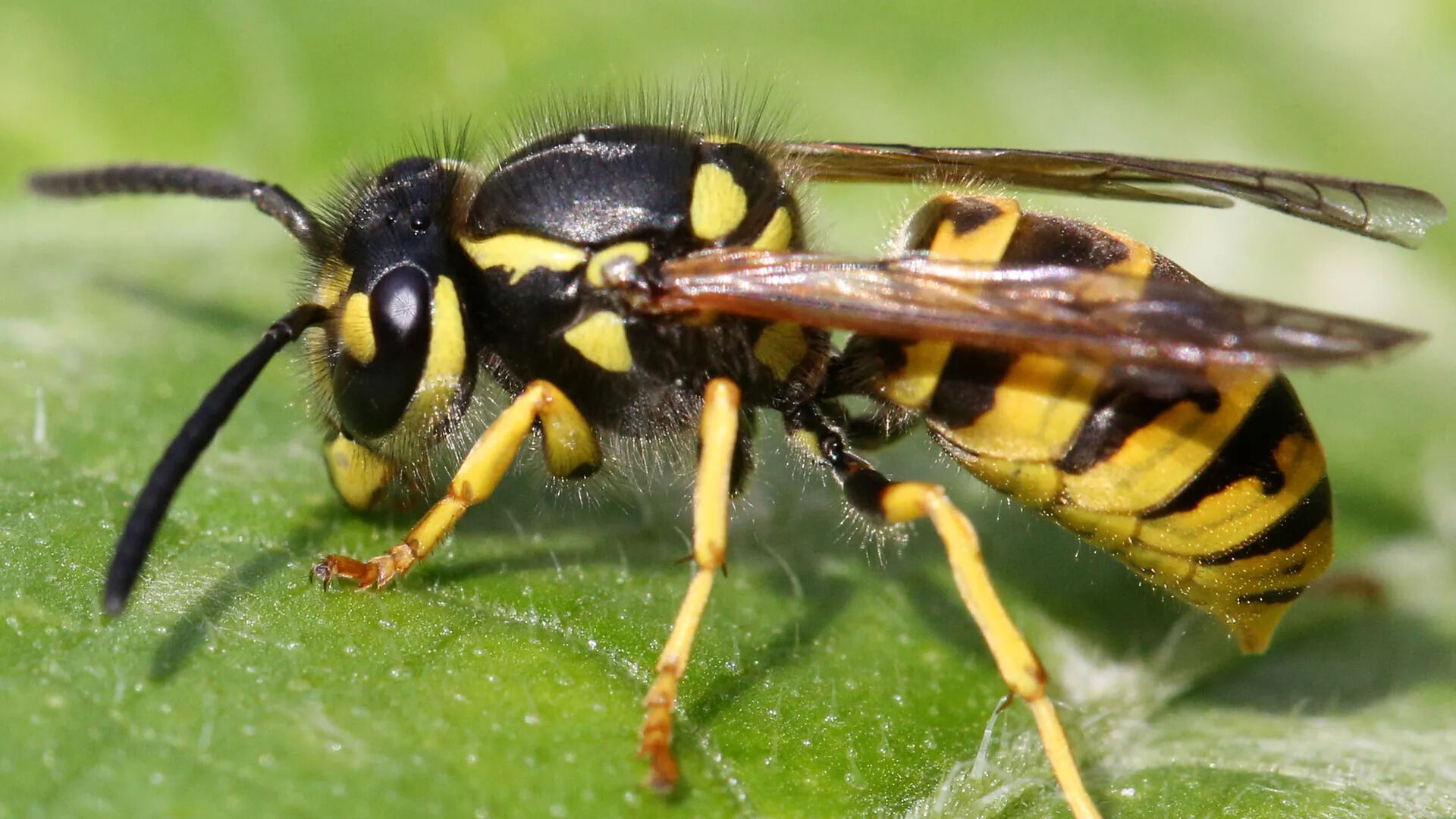
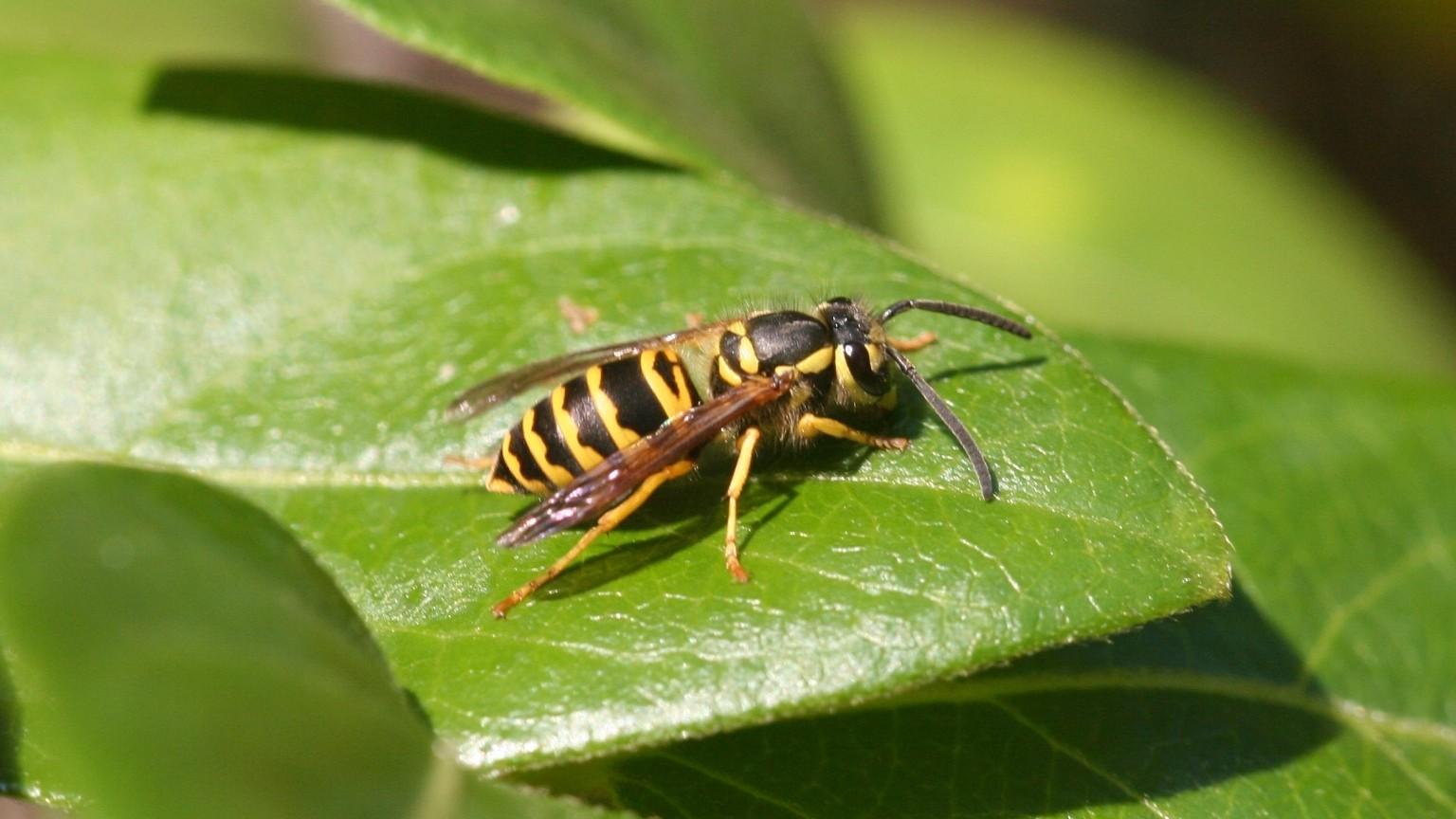
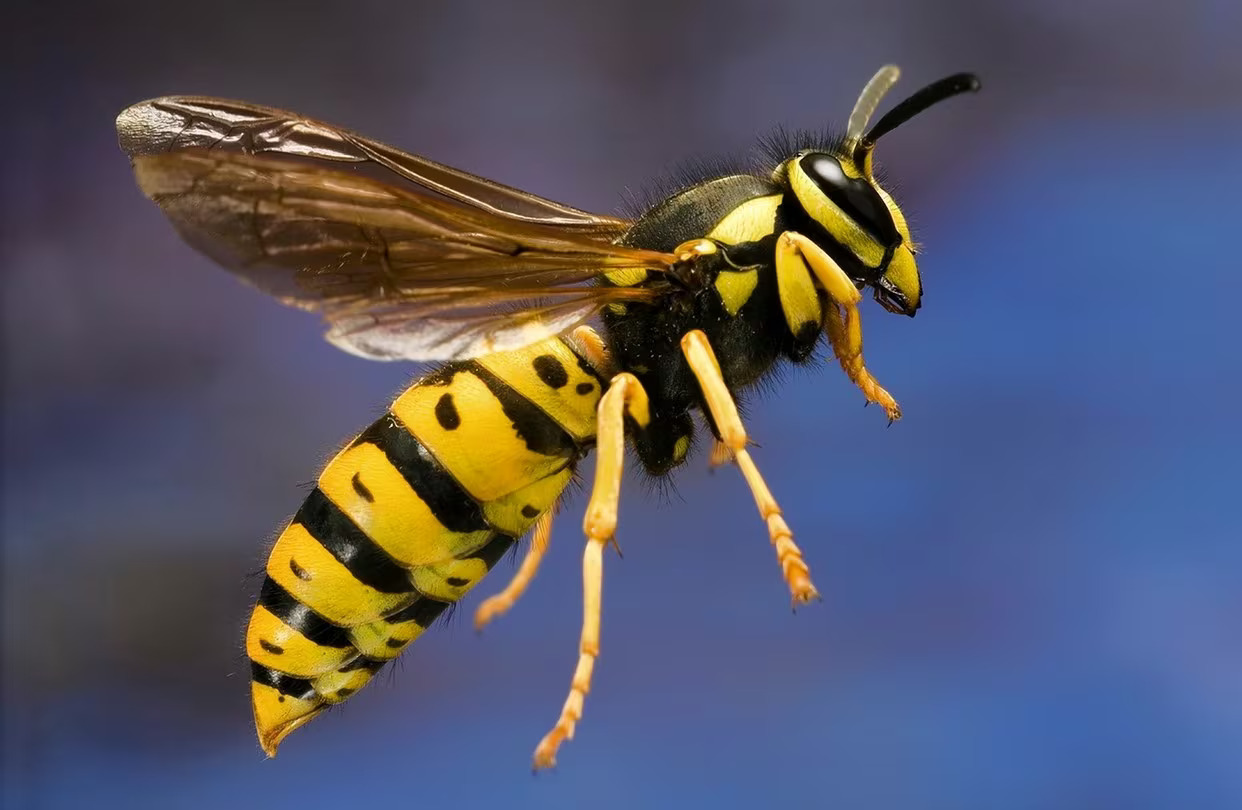
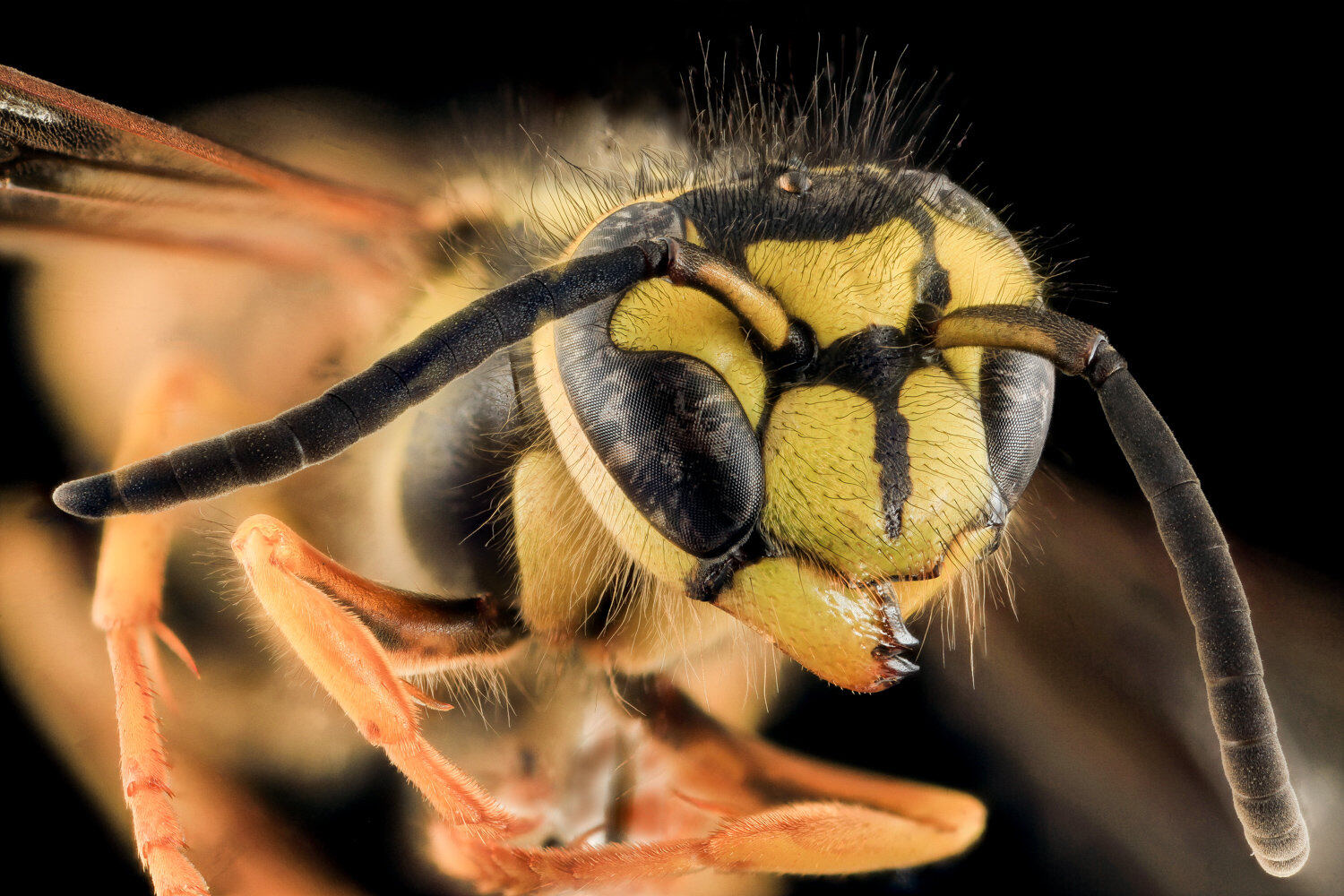
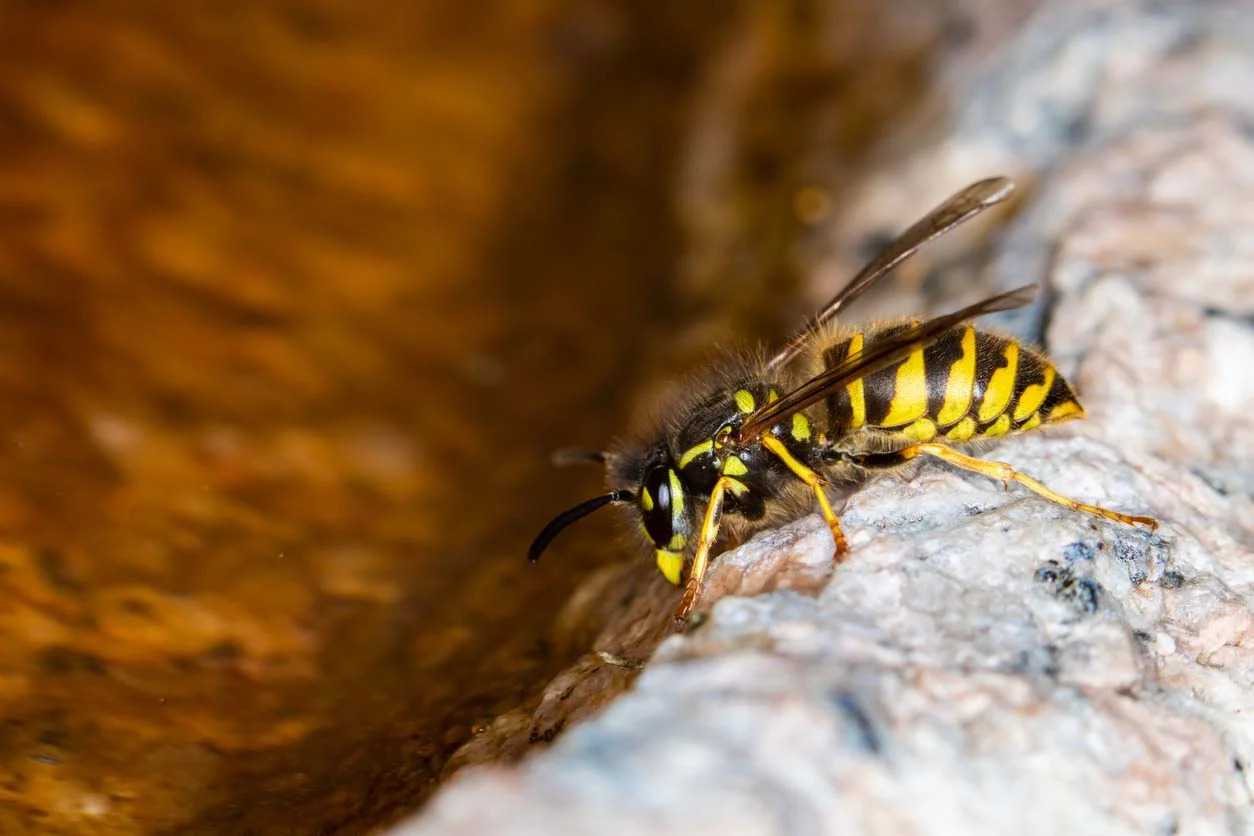
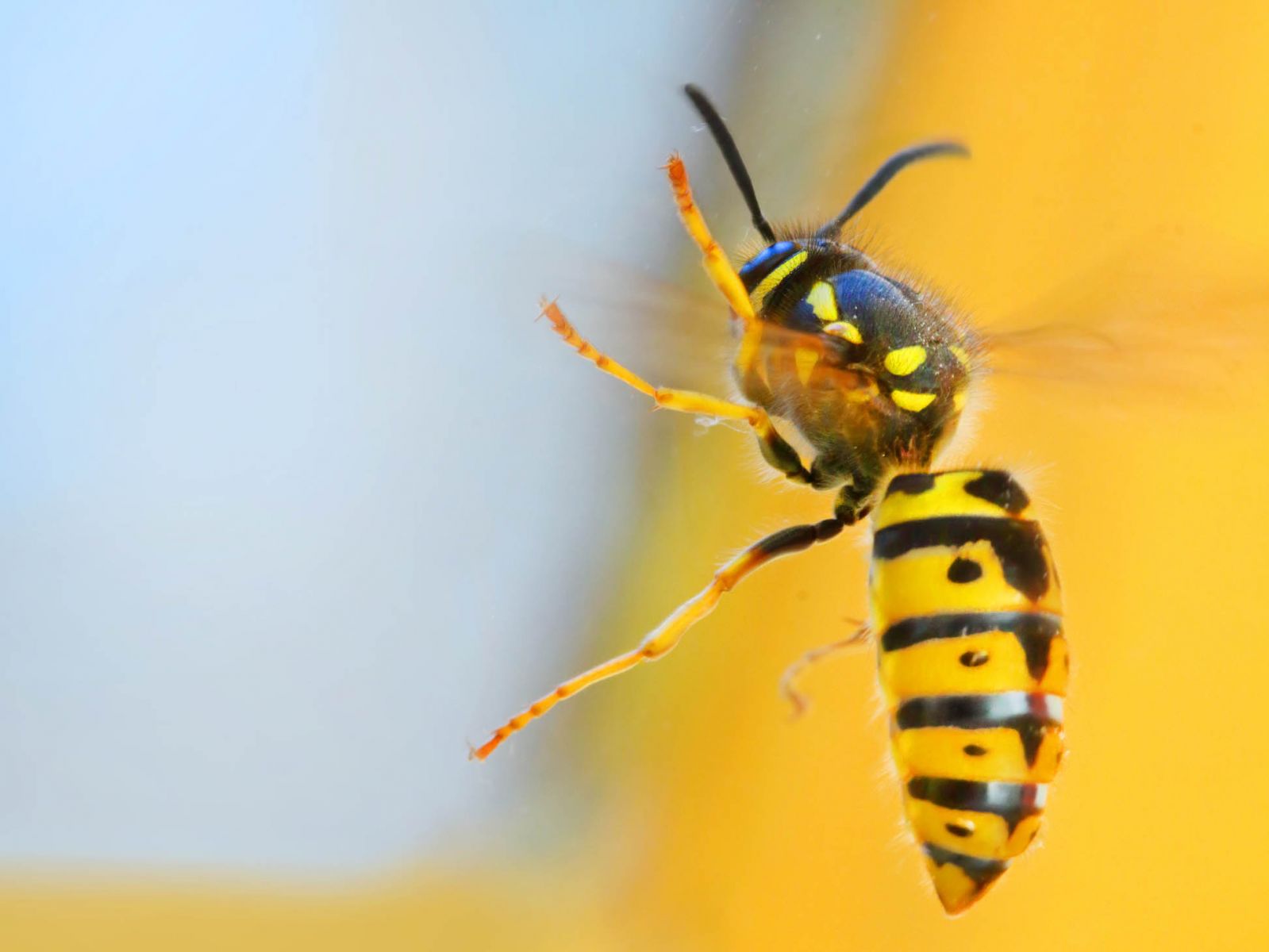
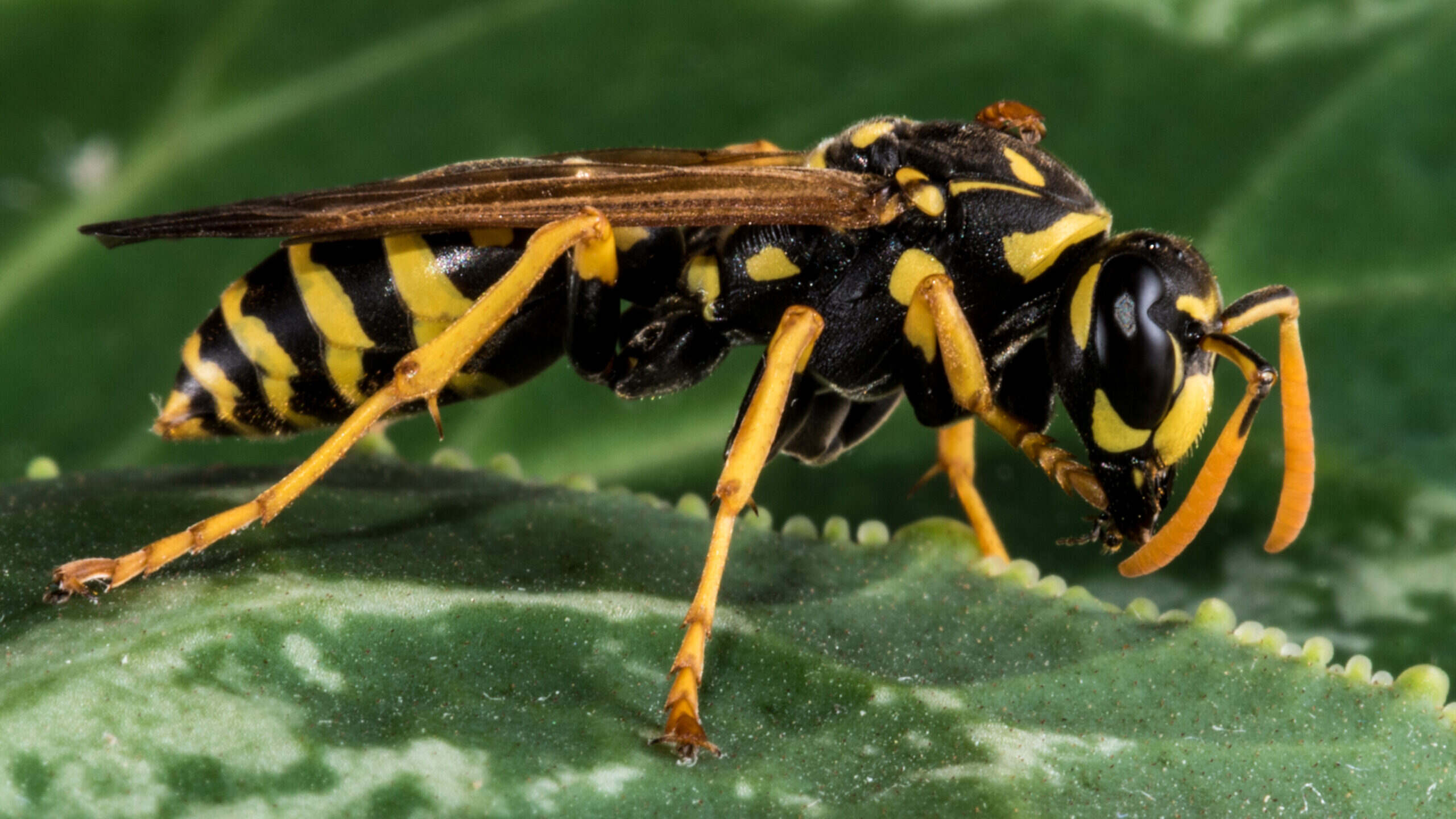
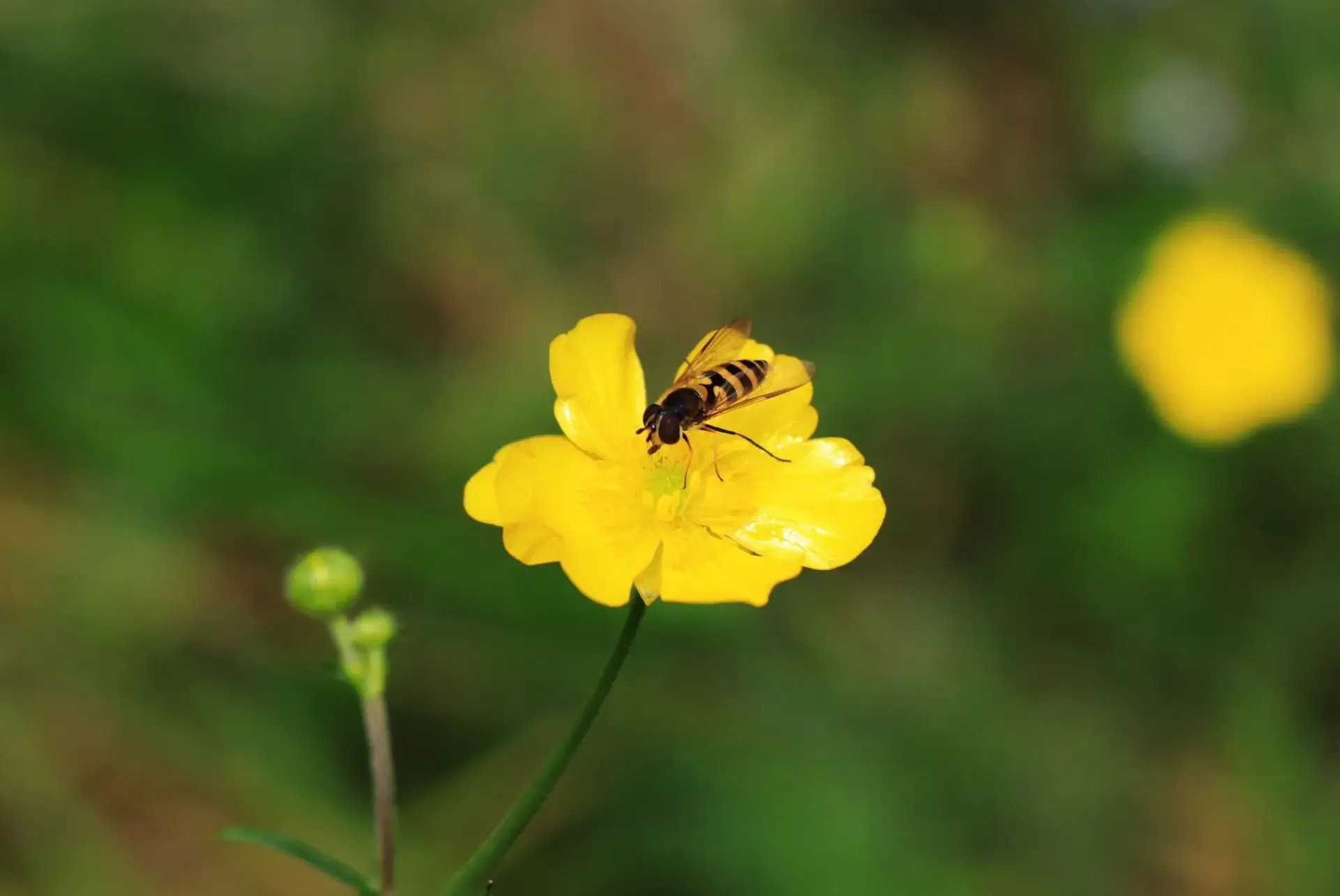
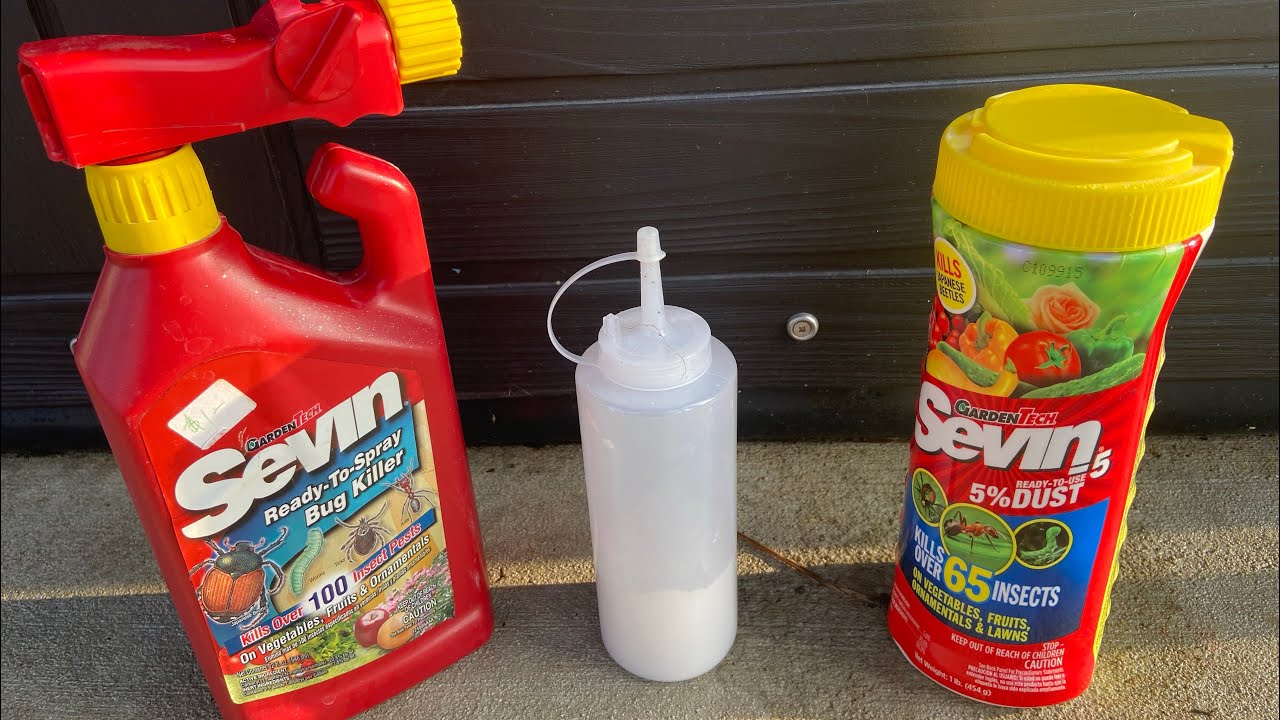
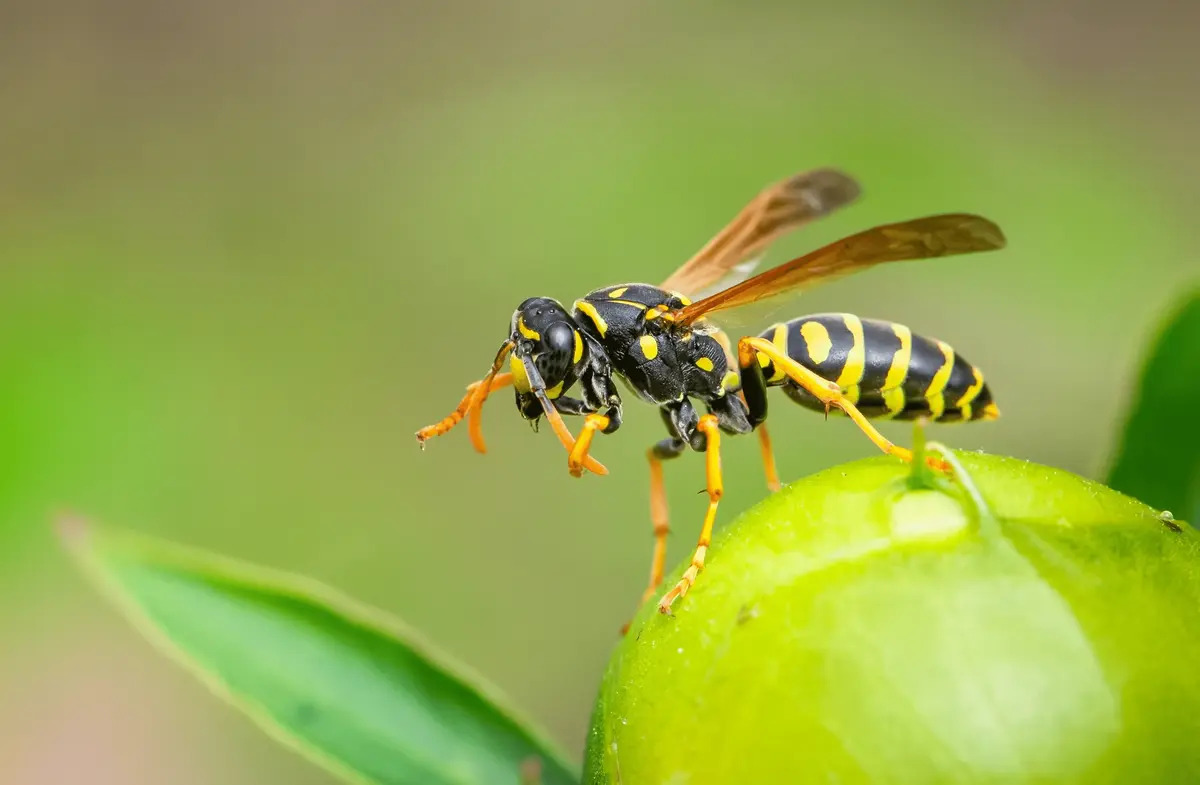
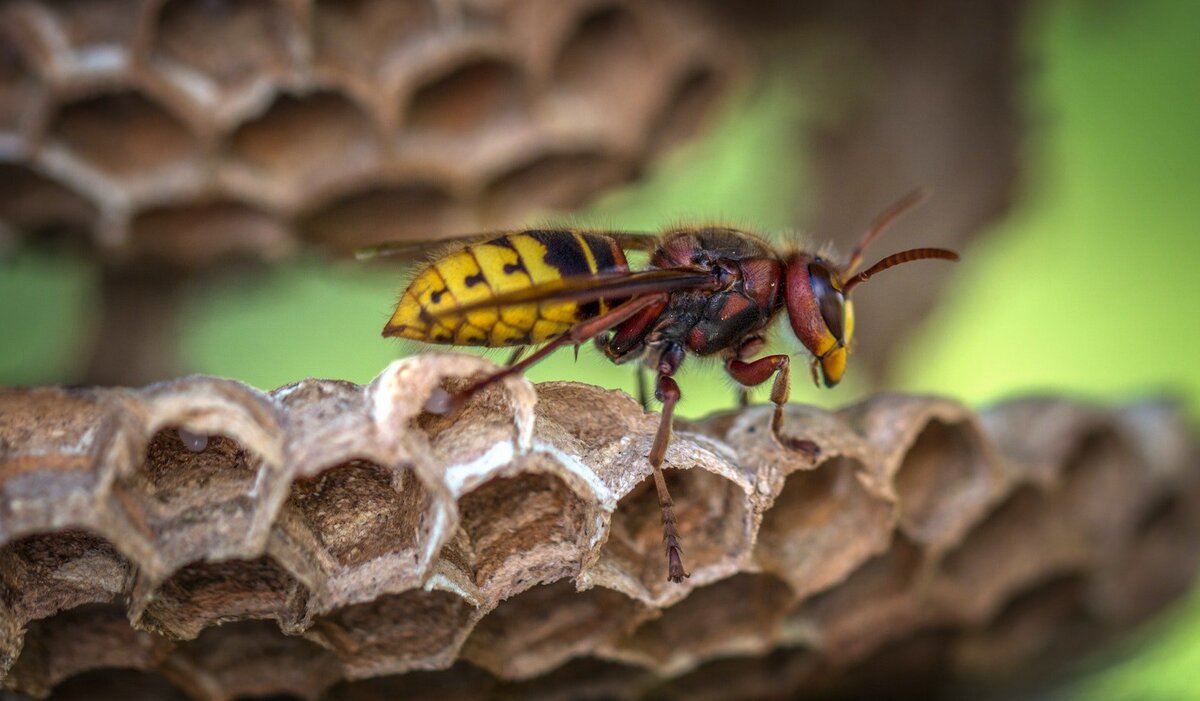
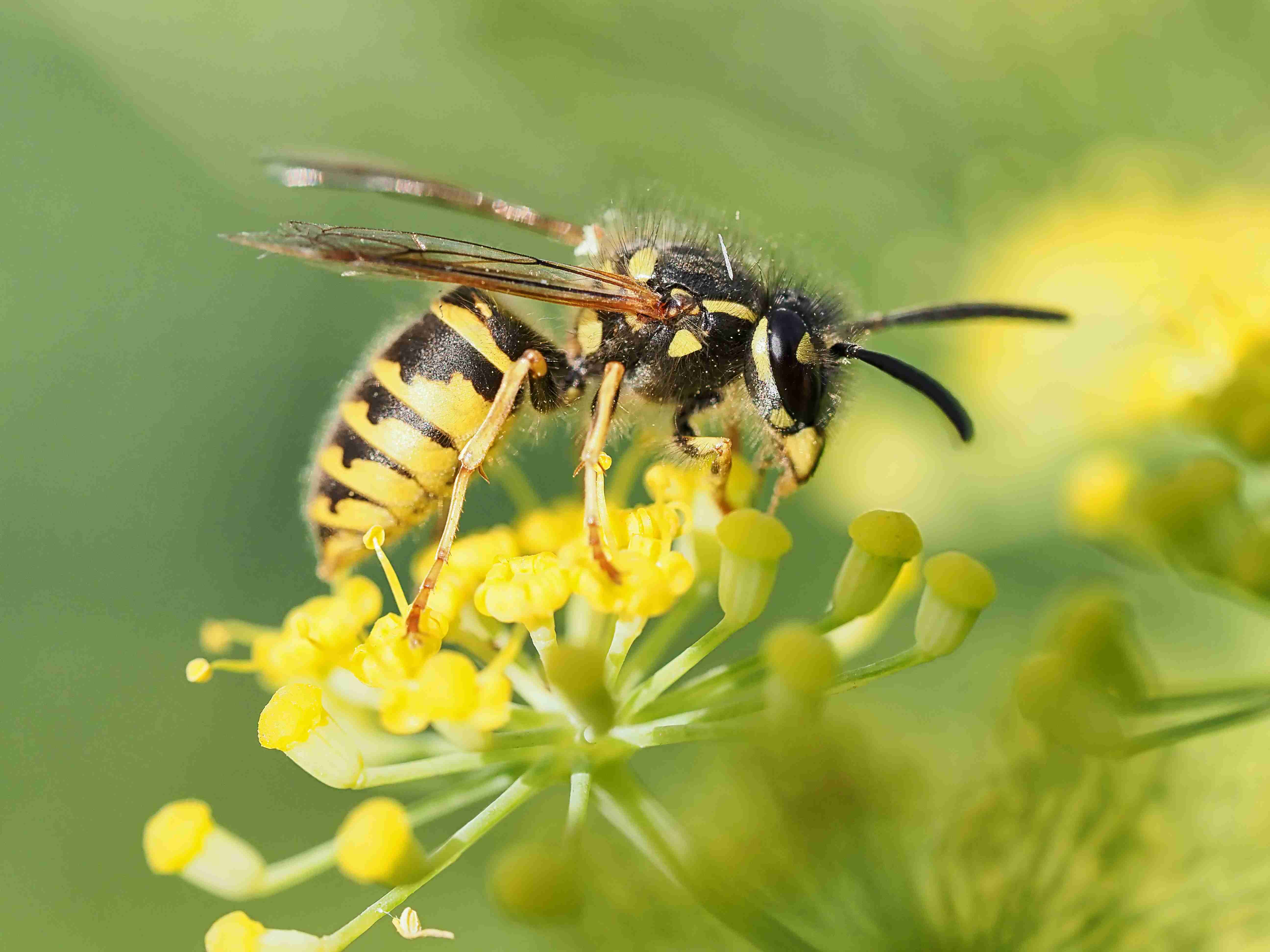




0 thoughts on “What Is The Difference Between Wasps And Yellow Jackets”